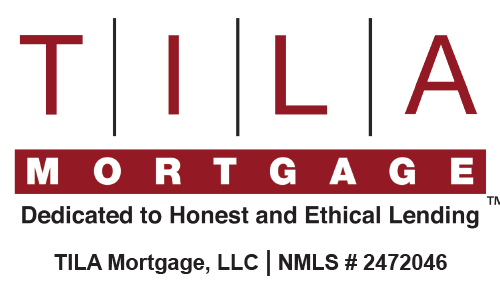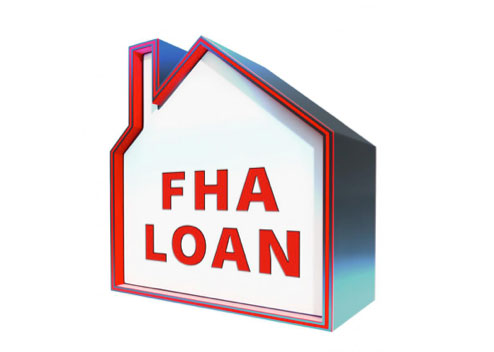When the Great Depression hit in the 1930s, many people were forced to default on their mortgages.
As a response, the government created the Federal Housing Administration. Among other things, it began providing mortgage insurance to guarantee loans to those who may otherwise have been seen as a high default risk (ie, those with a low income, poor credit history, or little to no down payment).
At the time, the Government’s federally insured loans reduced lenders’ risks and helped the housing market thrive. With this new arrangement, lenders were more inclined to offer large loans to individuals who, under normal circumstances, likely would have been denied.
FHA Loans in 2017
Today, the FHA lending program is still in operation. Borrowers may finance up to 96.5 percent of the value of the home, meaning they only have to put down 3.5% as opposed to the traditional 20%.
FHA loans work like any other type of loan with a set repayment schedule and a typical 30-year term. However, the term “FHA Loan” is a bit of a misnomer.
The Federal Housing Authority does not directly lend money to a borrower. Instead, a home buyer gets a loan from an independent lender and buys mortgage insurance through the FHA to guarantee their loan in the event that they default. This reduces the risk to the lender, making it more likely that they will approve the loan, even if the borrower’s financial situation seems less than ideal.
To participate in the FHA Loan Program, the borrower is required to pay two types of Mortgage Insurance Premiums (MIP). First, they must pay an upfront amount of 1.75% of the total loan amount at closing. The second premium is paid monthly. It amounts to .085% of the total value of the loan, calculated on an annual basis and then divided into monthly payments.
Who Can Benefit Most from FHA Loans
FHA Loans are most appropriate for individuals who would have trouble qualifying for a conventional loan due to their financial circumstances. They allow people to achieve home ownership who otherwise may not be able. They also provide a more affordable mortgage insurance option for borrowers with poor credit.
While many lenders prefer to issue loans to borrowers with good credit, FHA loans are available to individuals with credit scores as low as 500. A limited credit history is also not a barrier as lenders can go through your rent and utility payment histories in lieu of your credit history.
Finally, it’s also possible for people who have gone through bankruptcy to qualify for the FHA loan – provided they’ve been out of bankruptcy for at least two years.
The Reverse Mortgage Program
For senior citizens who are already homeowners but struggling financially, the FHA also offers a reverse mortgage program. The Home Equity Conversion Mortgage (HECM) allows individuals who meet certain age restrictions to convert their home equity into cash while still retaining the rights to their home.
TILA Mortgage, a mortgage company based in Seattle, can help you understand everything you need to know about the FHA Loan, Home Equity Conversion Mortgage, or any other home loan program. Contact them today for a free consultation, get your questions answered, and let them help you figure out what’s right for you. They’ve earned the trust of the greater Seattle area for years – now they’re ready to earn yours, too.




